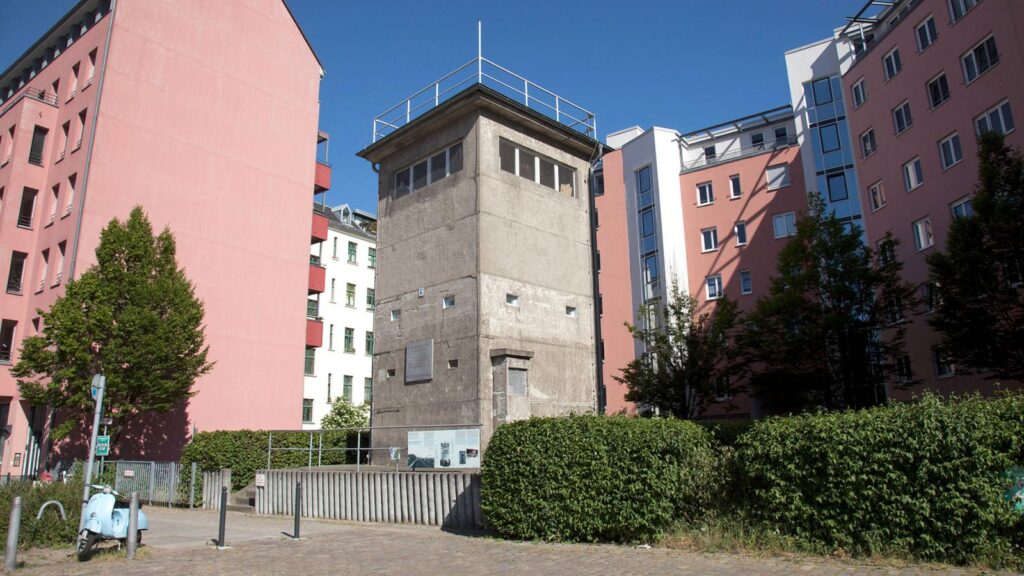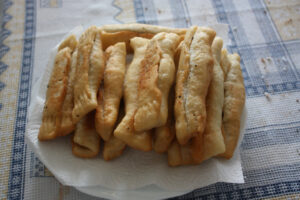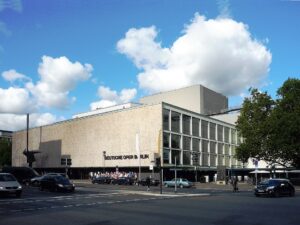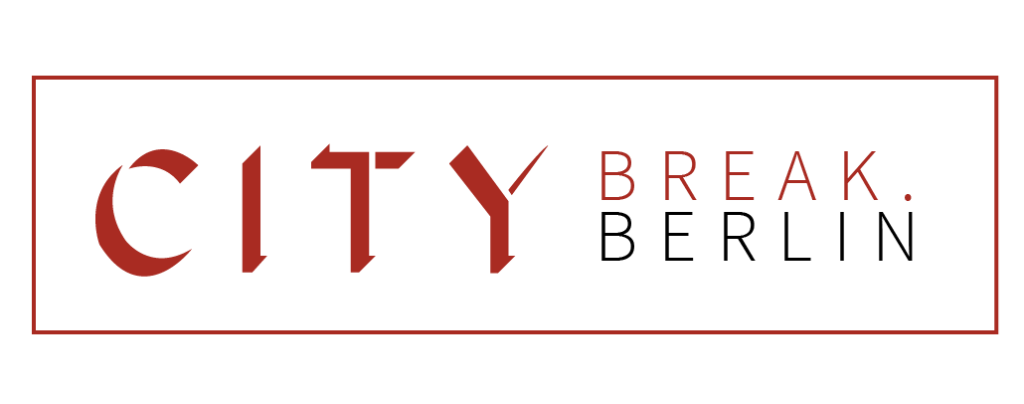Checkpoint Charlie, Overrated?
I’ll come right out and say it. Checkpoint Charlie is overrated. At least, in its current incarnation as an over-touristed location completely robbed of any interpretative value it might have had. Pretty much everything a modern visitor sees there now is fake, some of it outrageously bad, and much of the area of the former checkpoint has been built over.
DDR Museum – Beware of the Crowds at Peak Times
The museum nearby, which has long focused on escapees and victims of the DDR system, is worth a visit, but beware of crowds at peak time. The diorama across the street is very well done. But the site as a whole retains its importance only in the history books. What we see there today is essentially the Disneyfication of the past, despite recent attempts by the city government to clean up the site and inject a modicum of dignity (the male strippers posing as guards have been driven away, thankfully!)
For a much more powerful border crossing visit, you’ll be well advised to head to the ones that still manage to cling on to something of their original appearance. The buildings, the guardhouses and all the infrastructure are long gone of course, and there is very little apart from a handful of modest signs to indicate that there used to be checkpoints here at all. Yet the following sites still retain much of the surrounding buildings intact and can be fascinating places to visit. Let’s head off first to the former crossing at the Invalidenstrasse, just down the road from the excellent Natural History Museum.
Invalidenstrasse Border Crossing site
The site of the crossing is the bridge that crosses a canal, before you reach the Hauptbahnhof, assuming you’re heading there from the Natural History Museum. Don’t cross the bridge, instead notice the marking on the pavement on either side of the bridge’s entrance, showing you were the wall stood. The wall was built entirely on East German territory, and in fact all the water you see around you, from the canal stretching away to the right, to the Humbolt Harbor peeking out from the end of the canal on your left, was entirely within the Communist state. The border with the West began only with the canal’s retaining wall on the far side. So in this area, the water itself acted as the so-called «death zone» buffer with the west.
Günter Litfin – First to be shot trying to get across to the West
Turn left now, and follow the canal towards where it opens towards a large turning basin, the Humbolt Harbor, an important port for the river traffic that once plied Berlin’s rivers and canals. You’ll continue to see the stones marking the former location of the Wall. Carry on until you cross under the massive railway bridge that carries the S-Bahn and the overland trains to the Hauptbahnhof. Just on the other side, look around for a small stone and a information panel. This marks the location of the guards who shot a young man called Gunter Litfin on August 24, 1961. He become the first person shot trying to get across the newly erected border wall, and the second person who died trying to cross.

Litfin was one of those who, before the border was closed on August 13 1961, had crossed regularly into West Berlin to work. He was preparing to move permanently when the border was shut without warning. Litfin decided to escape what he considered imprisonment in the east, and headed to the Charite Hospital, which are those red brick buildings behind you. At this point, the wall was a low barrier and Litfin was able to get across, jump in the harbor, and swim like mad to the opposite embankment, where he’d be safe.
He almost made it. He was spotted swimming and was called to stop. Litfin ignored the warnings. The guards fired warning shots, which Litfin also ignored. After all, he was almost to the other side. Finally, the East German border police opened fire with an automatic weapon and hit the fleeing man in the back of the head. His body was recovered by the East Germans and the story was put about, falsely, that he was gay and was fleeing to be with his partner.
The place where you’re standing now is more or less where the guards were standing when the fatal shots were fired. Litfin was about 80 or 90% across when he was hit. The memorial today has had something of a saga behind it, having been moved several times, with debates raging in the post-wall era about who ought to be in charge of memory, and where the memorial should be cited. The memorial touches on this subject, reminding us that the past is ever active in Berlin.

Towards a Surviving Watch Tower – Günter Litfin Memorial
Head back up the way you came, cross the Invalidenstrasse and carry on heading up the canal, keeping the water on your left. This route is lined with history related to crossing attempts, and memorial plaques will fill you in on the basics. Note the old cemetery on your right, which is worth exploring. The Wall cut right through it, and some of the graves had to be moved to accommodate the security systems, the results of which you can still trace today.
Keep walking until you reach one of the last original surviving watch towers, still in its original location. This is called today the «Gunter Litfin Memorial» but as we’ve seen, this is not the place where he was killed. Litfin’s brother established the memorial here, thinking among other things that as a visible piece of surviving Wall infrastructure, the guard tower would get more visitors that the actual place of the killing. Be that as it may, apart from doing duty as a memorial, the tower will give you a small glimpse into what the security system looked like in its final 1980s form. Take some time to explore the area and if the tower happens to be open, by all means head inside to explore it.
Overall, this walk will take you about an hour or so, but budget a bit more to explore the area, read the signs and take in all that this little visited area of the city can show us about the divisions between east and west in the Cold War, an era that a decade ago seemed remote but which in today’s fraught climate, seems to be lurking again in the shadows. A visit to these places reminds us what’s at stake, and why Berlin is more than just a city-break, but a place which encourages us to reflect on where we are headed and what that really means.





